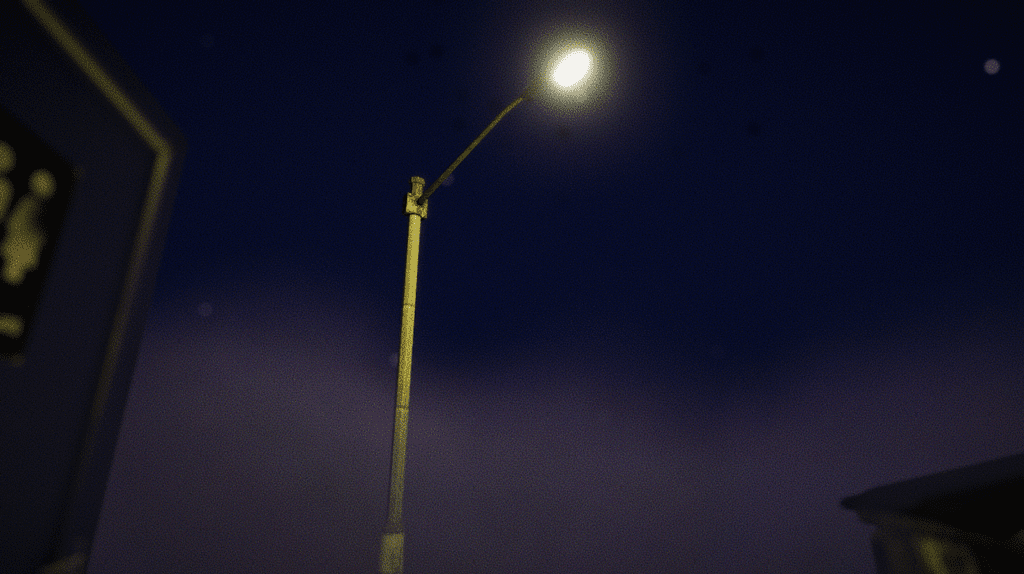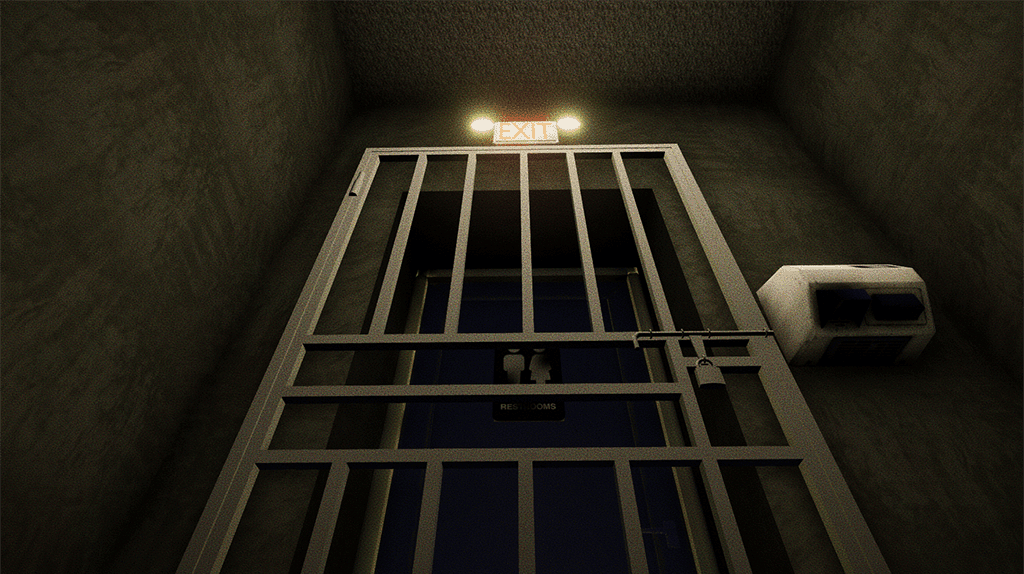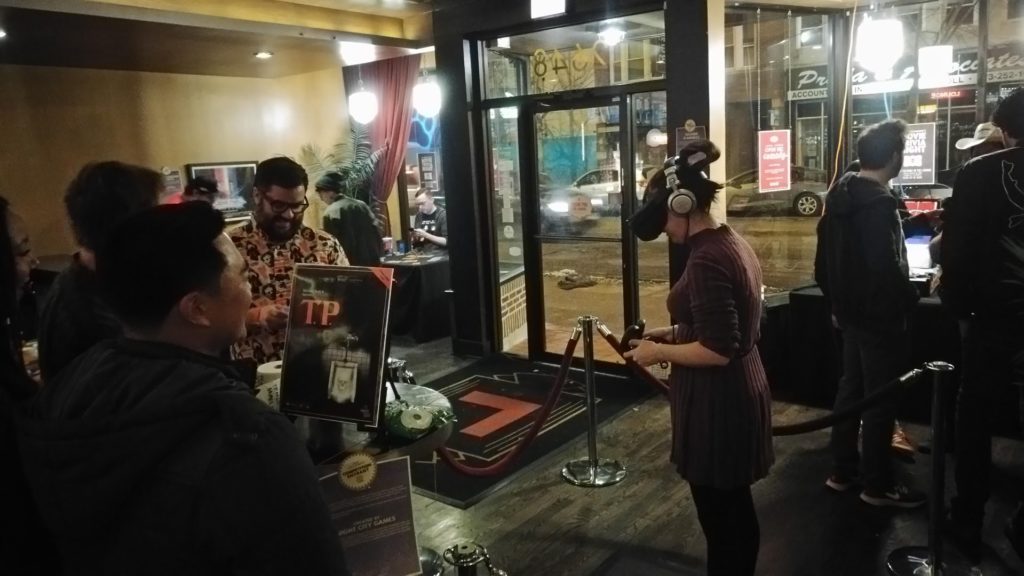T.P. is a short virtual reality horror-adventure game about a bathroom housing an interdimensional portal in the toilet.
This was primarily as a solo project done in about a month for the 2019 Logan Theatre Playtest Party. You can read my design process journal on the project’s GitHub wiki. I developed the game using Unity and VRTK targeting the Oculus Quest, which I had just gotten access to at work. I modeled the simple bathroom level with ProBuilder and populated the level with props from the Asset Store and Sketchfab. My friend and collaborator Michael Green created some various flat art for me that helped sufficiently customize the mis-en-scene to match the gameplay I needed (custom textures, notes, signs, etc.).
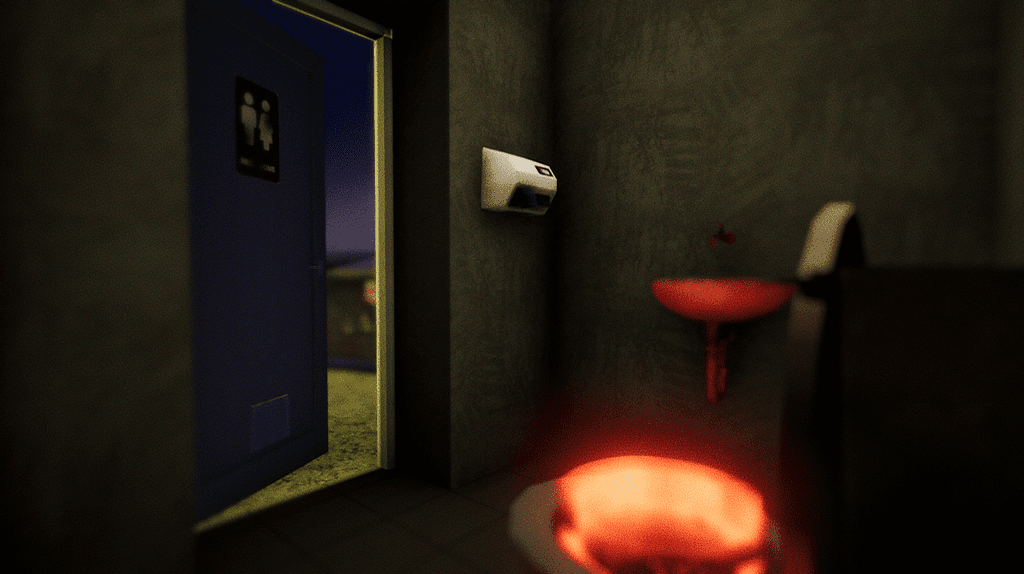
I had been thinking of ideas for a short form VR game to create as an exercise to learn the medium, and the concept of a campy bathroom horror game stuck with me.
I liked the idea of a bathroom setting for a horror game because bathrooms can easily be gross, strange, and lonely. We are vulnerable with our pants down, and body functions are gross. But, bathrooms and body functions can also be comedic, and I wanted to capture some of the goofy tropes of 80s and 90s horror films in order to take the edge off a bit.
I also think peering into/through/behind/around opaque surfaces can be terrifying, especially in VR. There’s anticipation as you slowly move toward piercing the threshold and revealing what’s beyond, and it creates a suspenseful moment. Bathrooms in video games create moments like this, such as opening stall doors or lifting the toilet seat lid. These moments of suspense, plus my desire to harness the taboo and grossness of bathrooms led to the game’s signature interaction of the player dunking their head into a portal in the toilet bowl to gaze into an alternate dimension.
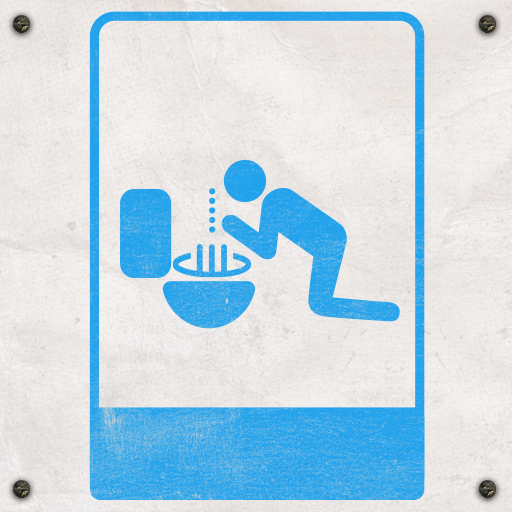
Another goal was to create an entirely roomscale VR experience, and a small bathroom seemed like a feasible scale. While teleporting locomotion certainly works, I wanted to fully ground the player in the physical space to promote immersion and usability.
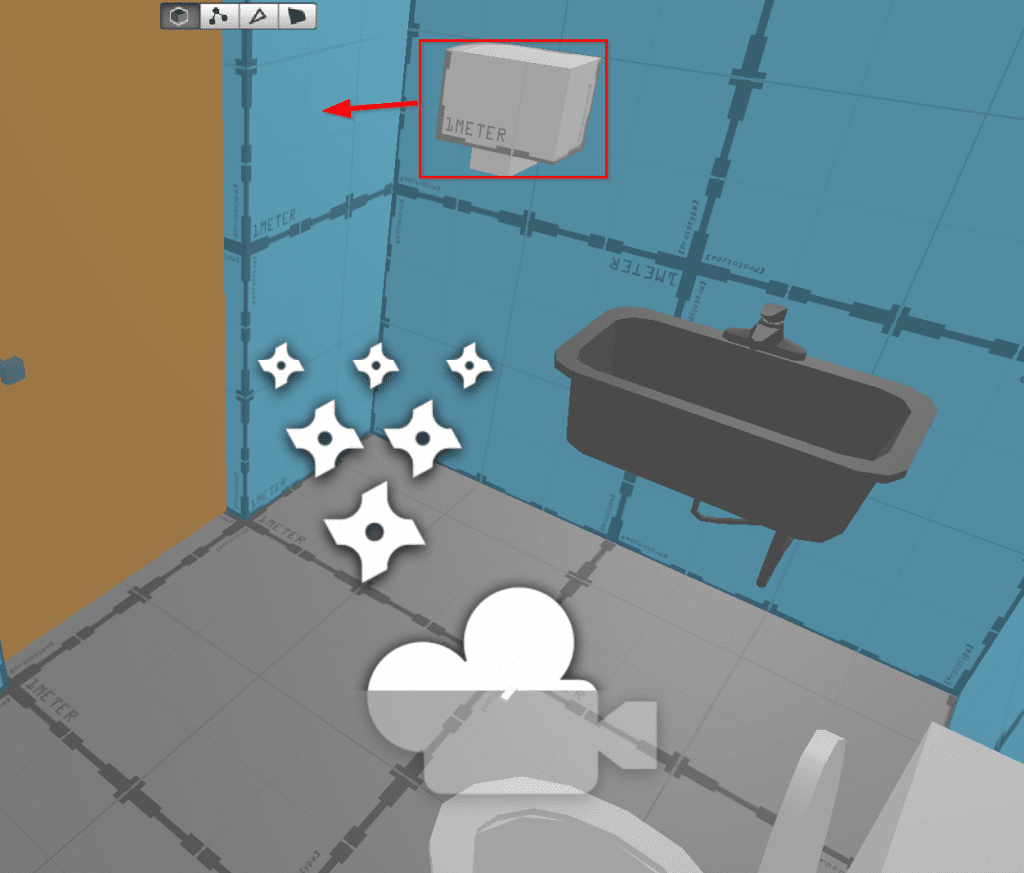
In addition, bathrooms have familiar UX for players, allowing me to leverage many interfaces without teaching the player much. I also wanted to explore players’ willingness to engage with the taboo in an immersive environment. To solve the main puzzle of the game, players must dunk their head through an interdimensional portal that manifests in the toilet. This is the main interaction that needed additional pedagogical support due to its unorthodoxy. I didn’t want any non-diegetic UI elements to maintain immersion, so we used an environmental sign to help guide players.
In order to avoid spoiling the portal reveal moment, at the start of the game the sign shows normal standing peeing “instructions.” While not realistically present in bathrooms, the sign helped convey the formal affordance that the game needs you to pee in the toilet to start the puzzle sequence. Plus, changing the image on the sign feels mysterious and less jarring than a sign just appearing out of nowhere at the required moment.
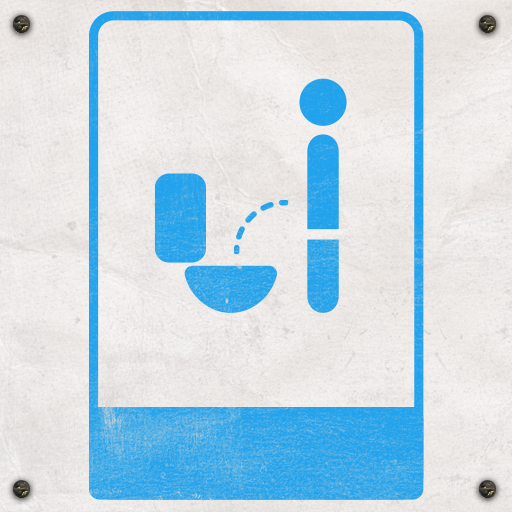
Upon testing it became obvious that this type of roomscale experience with only physical locomotion, particularly one with this type of unique embodied interaction, while immersive and novel, has some clear accessibility issues. Because I only had a month to develop the game for the show, I stuck with this design. I value accessibility in design but I also think there is room to explore physical interfaces and experiences and this product was not going to be mass marketed.
Development was a bit of a pain as it was before much good documentation existed and before the Oculus Link feature, meaning I had to push a new build to the device to test in VR. Needless to say that slowed down iteration quite a bit and then, of course, Link came out the next month 🙂
